The northwest of the European part of Russia is characterized by the buoyancy of the flora, especially the variety of mushrooms that mushroom pickers actively collect from spring to the first frosts. As in other regions of the Russian Federation, in the Leningrad Region, along with edible, poisonous mushrooms grow in abundance, and before you go to the forest, you should carefully study their photos and descriptions.
Content
Where are dangerous mushrooms spread in the Leningrad region?
Poisonous species of mushrooms can be found throughout the region. But the probability of sending them to a basket with edible more in popular places of "silent hunting":
- In the Volkhov district (Kolchanovo village).
- In the Vsevolzhsky district (microdistrict of Vsevolzhsk - Berngardovka).
- In the Vyborg district (Vyborg).
- In the Gatchina district (Vyritsa settlement).
- In the resort area (Dibuny station).
- In the Kirov region (Sinyavino village, the village of Mountains).
- In Lodeynopolsky district (Alekhovschina settlement).
- In the Priozersky district (the village of Borisovo, Kommunary, Kuznechnoye, Losevo, Michurinskoye, Snegirevka, Sosnovo).
| Mushroom name | Where to find |
|---|---|
| Death cap | It occurs singly or in groups, mainly on fertile soils, in well-lit deciduous forests, next to beech, oak and hazel. It can grow in mixed forests. Toadstool likes cool and dark places |
| Champignon red | Mostly grows in deciduous and mixed forests. It happens in meadows, in gardens and parks |
| Amanita panther | With all the abundance of coniferous and deciduous species of trees, it is kept next to a pine, oak or beech. Selects predominantly alkaline soils |
| Amanita muscaria | It grows singly or in groups on moist mossy areas of spruce, mixed and deciduous forests, forming a symbiotic relationship with oak, birch and alder. It can only be found in a wooded area with an abundance of shade. Loves calcareous soil. |
| Galerina edged | It lives in forests of various types. Alone or in groups, "climbs" onto coniferous (sometimes deciduous) trees. Grows on underground wood |
| Beautiful cobweb | Prefers oak and pine forests. Often located near the spruce |
| Satanic mushroom | In deciduous (rarely mixed) forests, it can be found next to beech and oak, hornbeam, hazel, linden and chestnut. Prefers calcareous soils. |
The main types of poisonous mushrooms of the Leningrad region
In order not to err in the choice in natural conditions, it is important to study the main features of the most dangerous mushrooms in the region.
Death cap
Extremely dangerous representative of hat-cuticles. Looks like green or yellow russula, as well as champignons. Young fruiting bodies have an ovoid shape and are completely covered with a film. The hat of adults grows up to 5-15 cm and is transformed from a hemispherical shape to a flatter one. The surface is fibrous, the edge is smooth. The color is whitish-olive, with time it becomes more gray. There are no spots or scales. The plates are soft, freely located, white.
On a cylindrical leg (often with moire patterns) 1-2.5 cm thick and 8-16 cm high, a fringed membranous ring is first present, but then it often disappears. From the top to the ring, the color of the legs is white, below - greenish.The leg has a thickened sack-shaped base with a width of 3 to 5 cm. The white fleshy flesh of the young mushroom does not have a pronounced smell, and the old one smells unpleasant.
Any type of treatment does not neutralize its deadly poison. The main signs of poisoning are nausea, vomiting reflexes, muscle pain, diarrhea with blood, liver damage (jaundice).
Champignon red
First of all, its toxic essence gives off an unpleasant odor similar to phenol. It may not be caught right away, but when cooking it is sharply manifested.
The fleshy white-brown hat, as it grows out of round, becomes bell-shaped. It is 5-15 cm in diameter. The edge is slightly bent, it may crack. The surface is smooth and dry. An important feature is that the mushroom becomes yellowish when pressed. Thin plates are initially white or pinkish, but turn brown as they mature.
The white hollow leg, swollen at the base, grows to a height of 6-15 cm, a width of 1-2 cm. When cut in the base of the fungus, you can find a bright yellow-chrome zone. There is a two-layer film ring.
Eating red champignon in food leads to mild poisoning. Toxins negatively affect only the digestive system. Poisoning is accompanied by continuous cuts in the abdomen. Headaches, dizziness, nausea, vomiting, and diarrhea are possible.
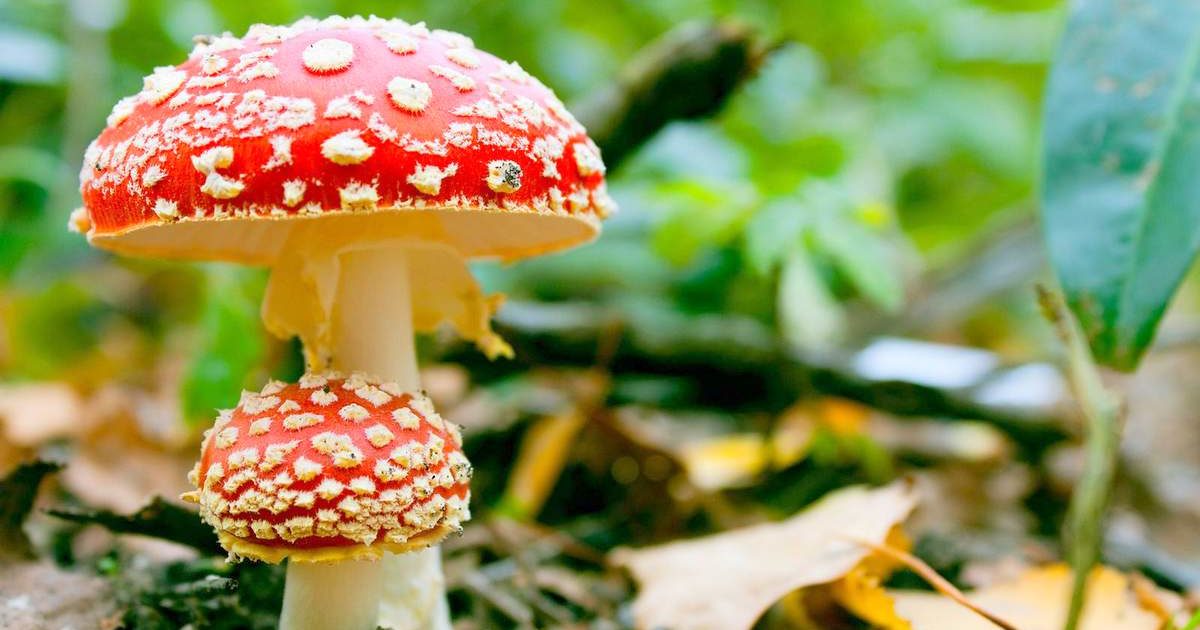 You may be interested in:
You may be interested in:Amanita panther
This fly agaric contains toxins that are inherent in bleached, dope and other poisonous plants. Researchers claim that he is more dangerous than his red relative. It has hyomycin, which can cause death. With mild poisoning, a person has bouts of aggression, hallucinations.
This fly agaric is noteworthy with white warts (remnants of the bedspread), which are scattered over a light, dark or gray-brown (sometimes olive) hat, 7-12 cm in size. The central part of the hat is darker. The shape is first round-convex, then half-spread. The plates under the hat are white. They expand closer to the periphery.
The leg, narrowed at the top and thicker at the bottom, has an average thickness of 1-1.5 cm and rises by 6-10 cm. It has rows of warts and a thin, striped, sagging white ring that disappears in old mushrooms. You can distinguish the panther mushroom from the others thanks to the collar Volvo at the base. The white flesh of the mushroom exudes an unpleasant odor.
Amanita White
The white fly agaric, also called smelly due to the smell of bleach, contains the same toxins as pale grebe. In the Leningrad region it is often found, and beginner mushroom pickers can take it for champignon, white float, white umbrella mushroom or russula, especially in the initial stage of development. First of all, you need to focus on smell.
According to the "talking" name, this fly agaric is all white. young fly agaric have a hemispherical or conical (with a sharp tip) cap shape. Over time, it becomes convex. Its size is from 6 to 11 cm. The surface is sticky, shiny, mucous, covered with membranous flakes. The edges of the cap are slightly ribbed. The plates are frequent, free and soft, white, do not darken.
The cylindrical leg 10-15 cm high and 0.7-2.5 cm thick is covered with a flocculent coating, hollow inside, thickened in the lower part, covered by a free cup-shaped Volvo, reaching 3 cm in diameter. From the remains of the bedspread in the upper part of the leg there is a wide silky white ring with a banded pattern. It disappears in age-related fungi.
Galerina edged
Fringed gallerinas and pale grebes have almost the same toxins, but only the former have lesser poison. They look like summer mushrooms. Galerine bordered loves coniferous forests, so it’s better not to look for mushrooms there.
The mushroom has a small (2-5 cm) brown hat with a yellowish tint, the shape of which changes from bell-shaped and convex to flat. Translucent grooves of plates are visible above its edges. Medium frequency and width plates descend to the leg.
At first they are light (yellowish or ocher), but when the spores mature, they become red-brown, brown-rusty. The leg is thin (0.1-0.5 mm), but not high (4-5 cm), hollow inside. In the upper part there is a ring of white or yellow color, which disappears with age. From the hat to him, the leg is covered with a powdery coating. The flesh is yellow-brown. She is lighter in a hat, has a faint powdery smell.
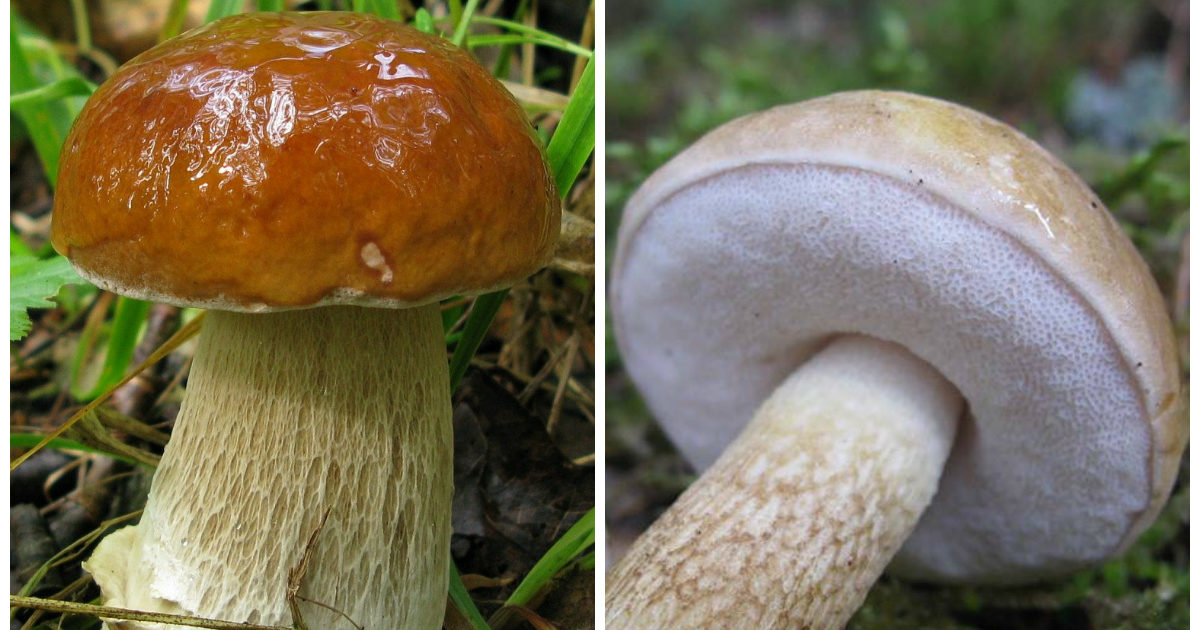 You may be interested in:
You may be interested in:Beautiful cobweb
In late autumn, the most beautiful cobwebs appear in large numbers. Cobweb toxins cause kidney failure. By the way, they are slow. This is the danger: signs of poisoning appear 1-2 weeks after use.
If you do not respond in time, then a fatal outcome is possible. There are no similar edible species. If we compare them with honey mushrooms, it should be noted that poisonous agaric mushrooms have buffy belts on their legs. The color of the plates is almost cherry red, while honey mushrooms are white or yellowish.
The size of the most beautiful mature hat varies between 3-8 cm. First it is conical or bell-shaped, then it is flat-convex with a blunt tubercle in the center. The color of the velvety-fibrous (sometimes with scales) surface of the cap is from reddish-brown to reddish-brown. Relatively rare buffy-brown (later rusty-brown) plates grow together with a long (5-12 cm) and thin (0.5-1.5 cm) pedicle. The leg is cylindrical, slightly thickened at the base, and covered with belts. Its surface is fibrous. The mushroom pulp is orange or yellow.
Satanic mushroom
Not all researchers believe that eating a satanic mushroom is dangerous - after cooking, the concentration of toxins decreases to an acceptable level.
The mushroom looks impressive. A hemispherical fleshy hat is able to grow from 8 to 25 cm in diameter, becoming gradually more prostrate. Dry to the touch, may be velvety or smooth. Color - white or dirty grayish. A yellow tint and weak green stains are possible. The tubular layer of young fruiting bodies is colored yellow, mature - in yellow-green. Small yellow pores gradually acquire a reddish color, and when pressed, turn blue.
The dense, massive, barrel-shaped leg, reaching 3–9 cm in thickness and 5–15 in height, has a pronounced mesh pattern with rounded cells. From above it is narrowed, yellow-red. In the middle part - red-orange, below - yellow-brown. The pulp is white, cream. On the cut, it turns red and turns blue. The smell of ripe mushrooms resembles the stench of soured foods, rotten onions. Young people may not smell.
Answers to Common Questions
The abundance of mushroom places and the mushrooms themselves is the reason for the popularity of “silent hunting” in the Leningrad region. Poisonous mushrooms are actively growing, especially in August, which look like morels, russula, honey mushrooms, etc. To distinguish edible from inedible, you need to know and remember the main characteristics of dangerous mushrooms.




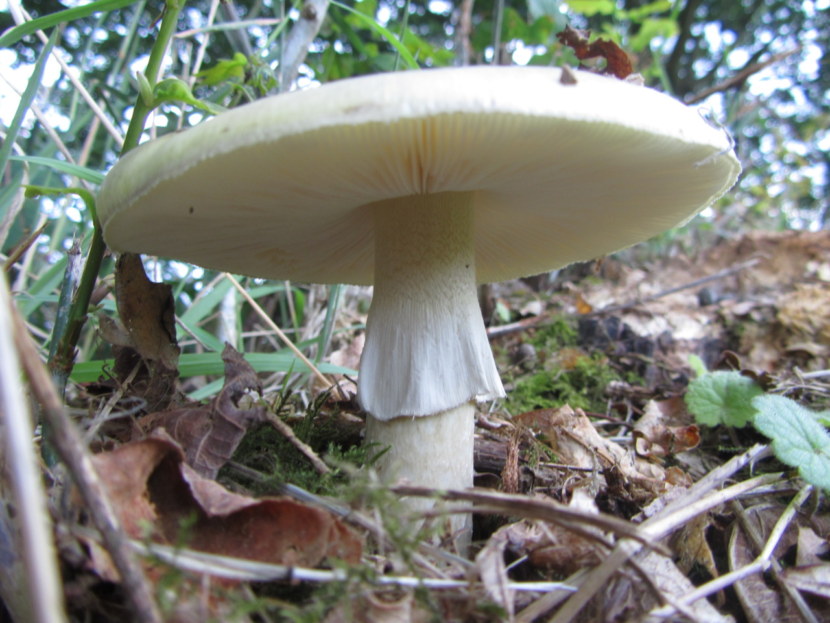
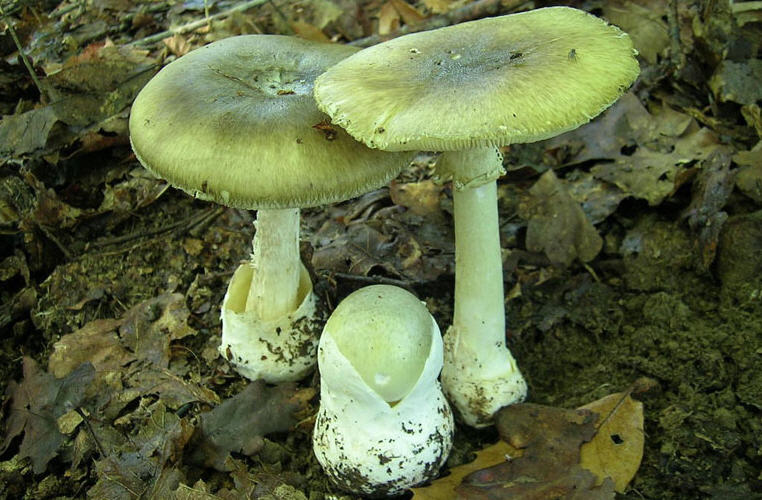
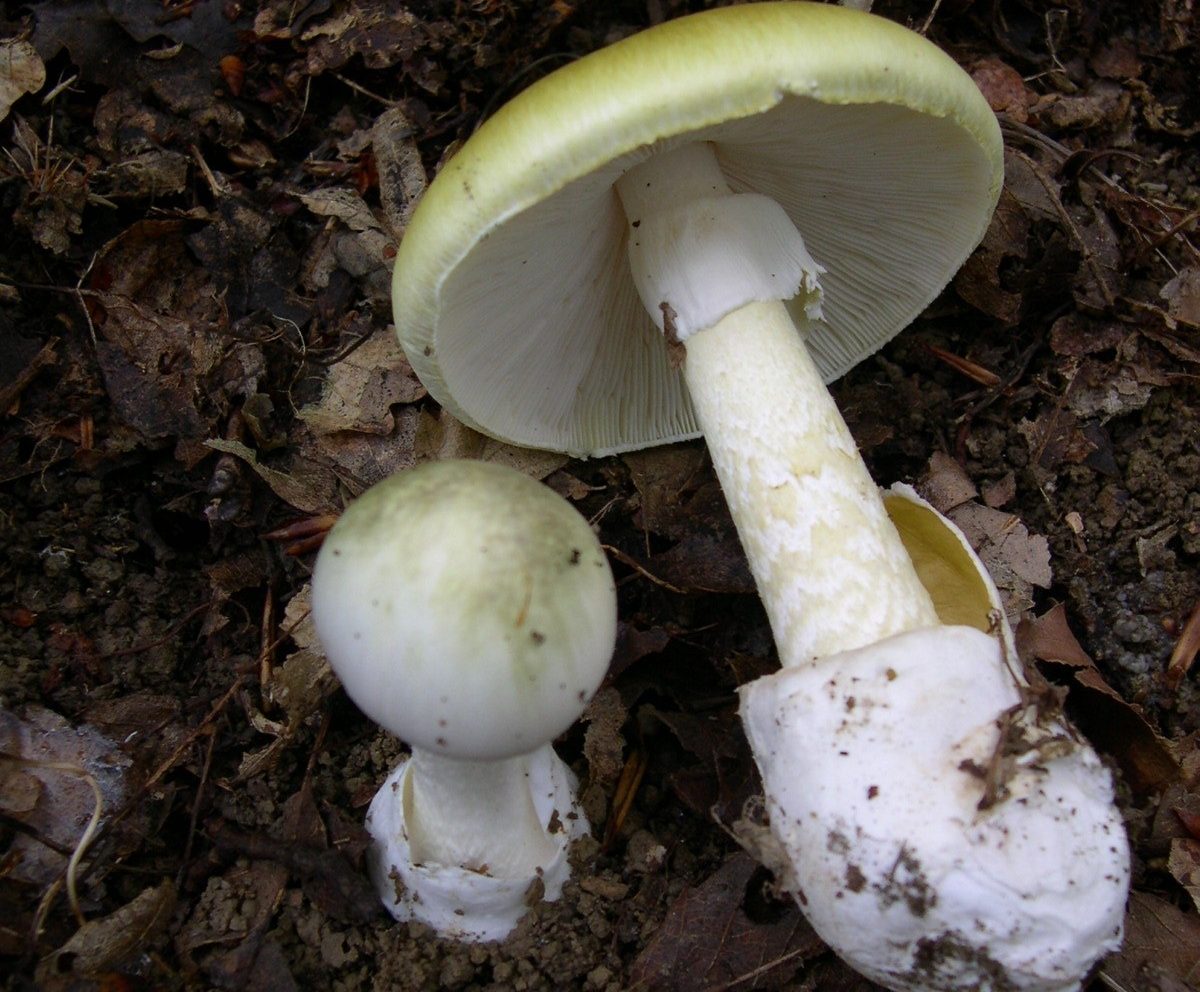
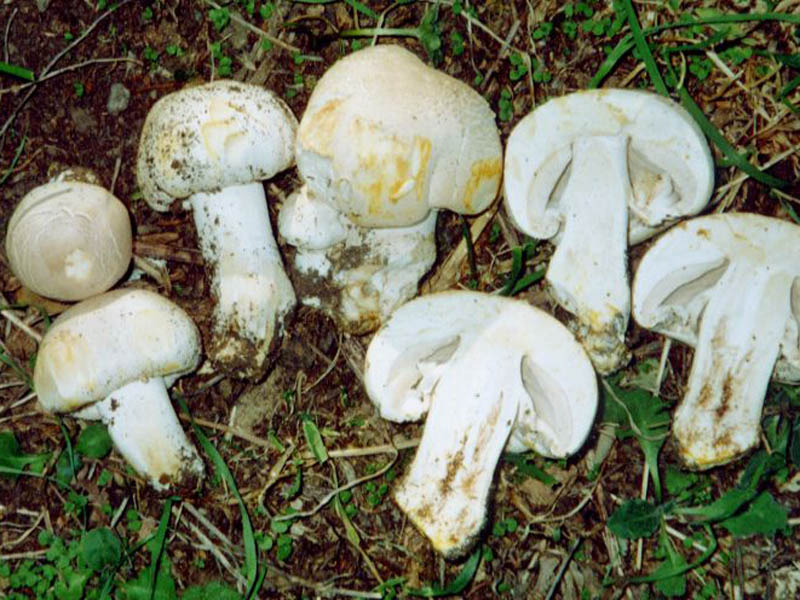
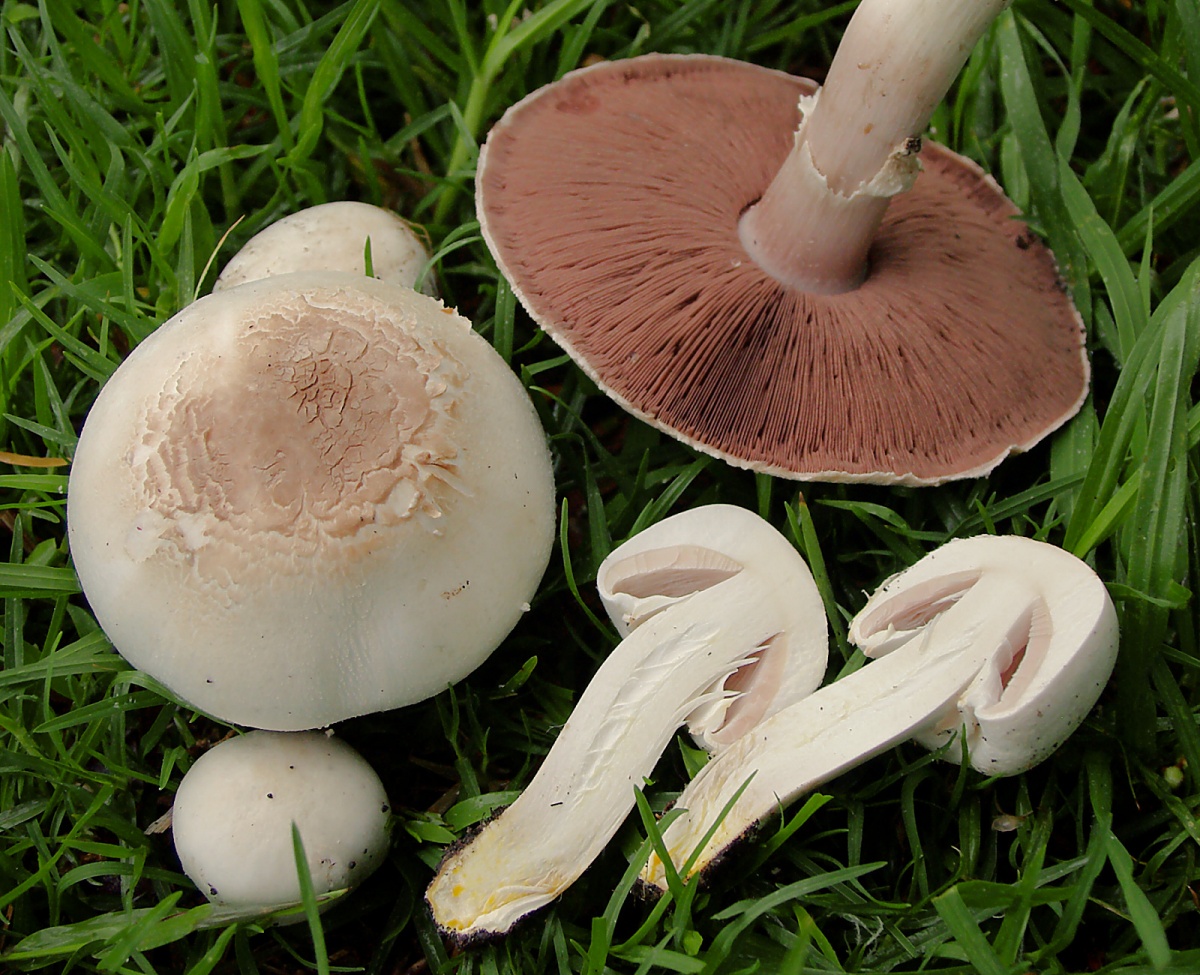
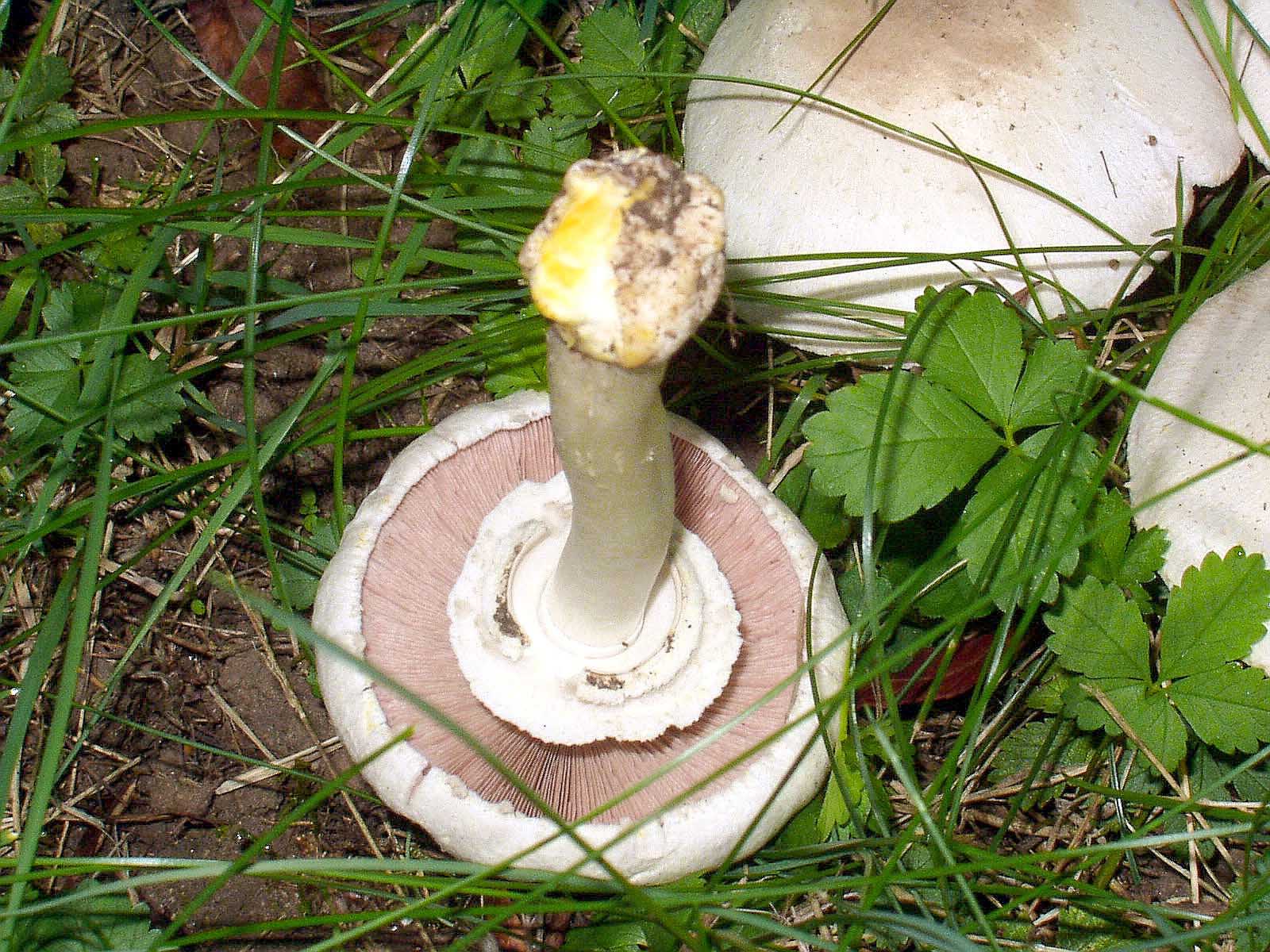
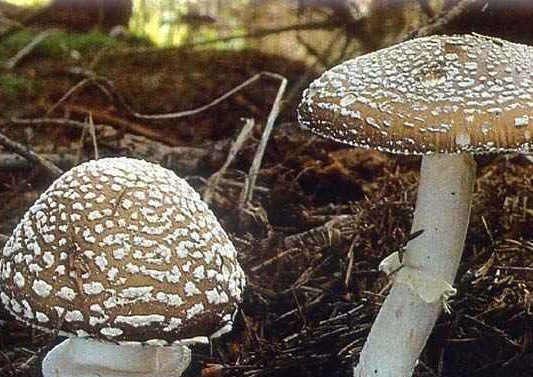
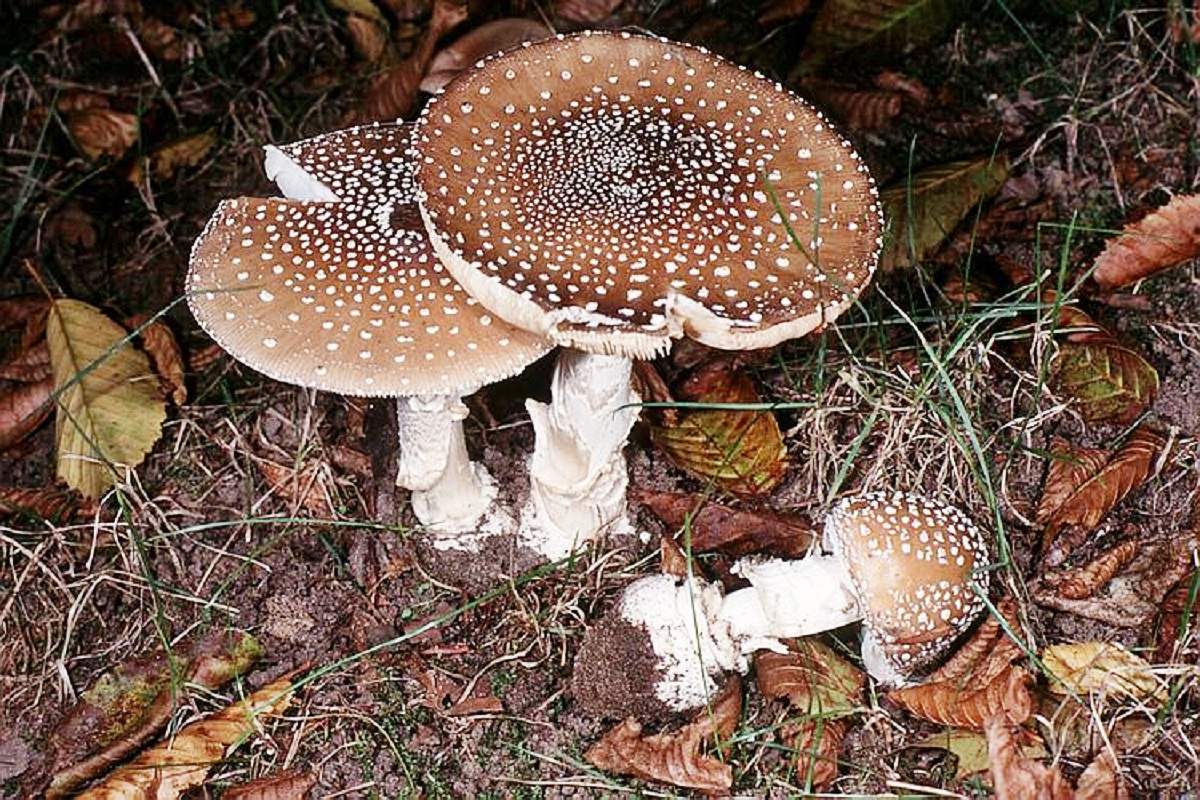
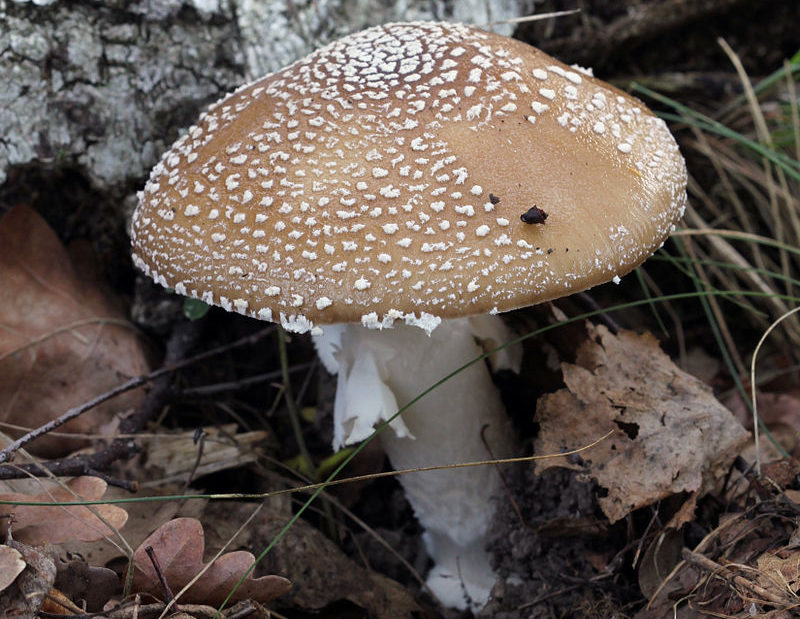
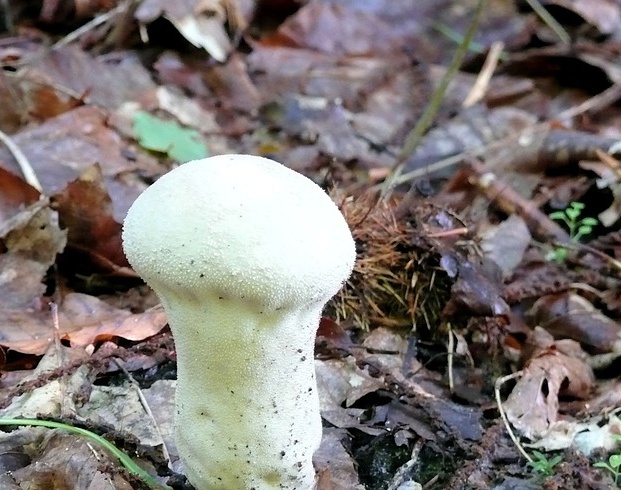
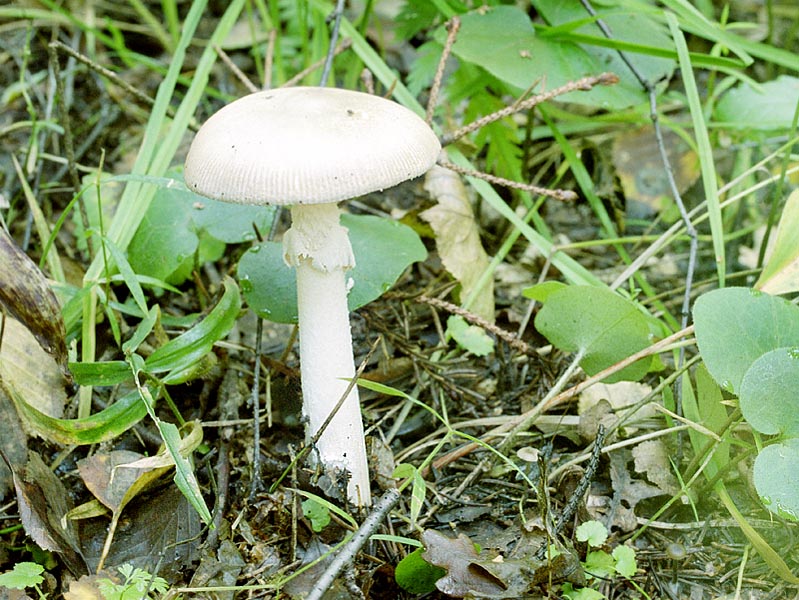
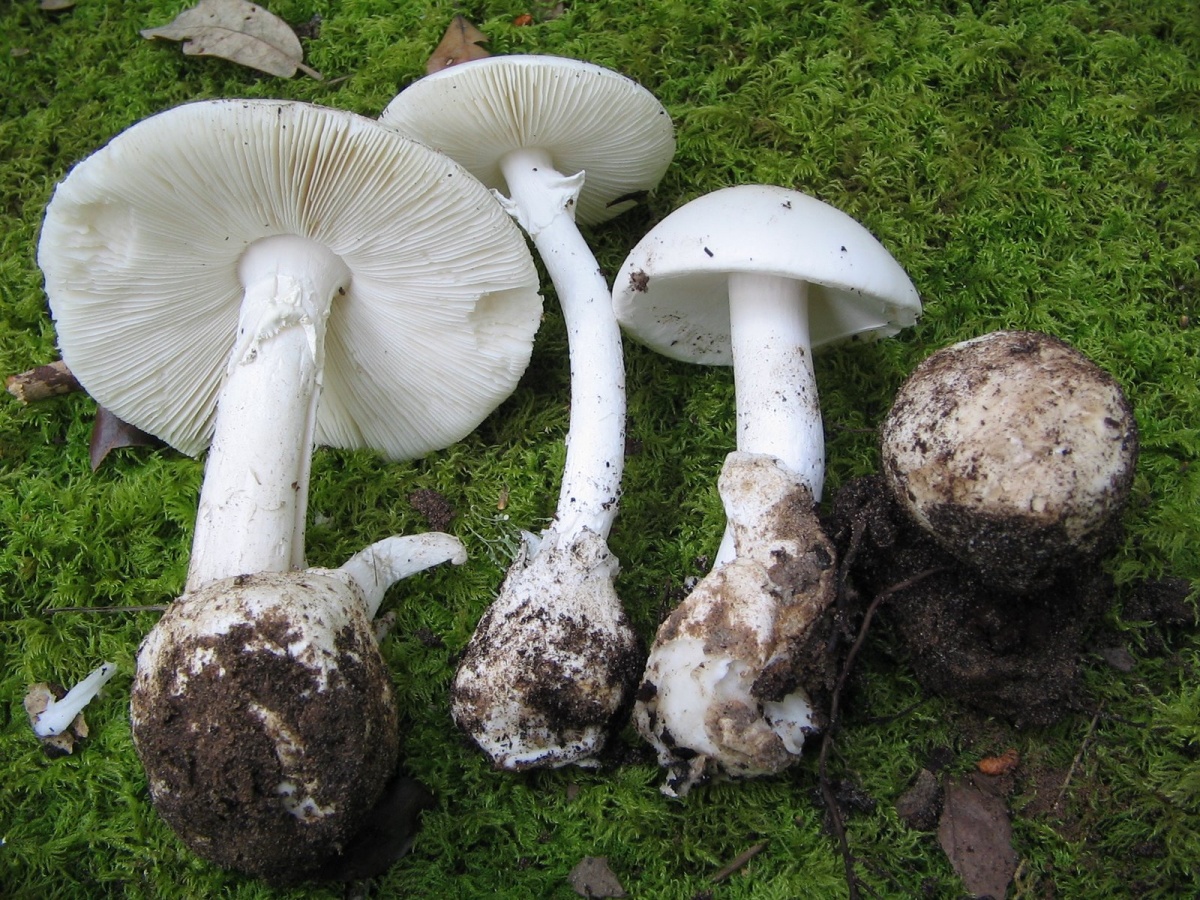
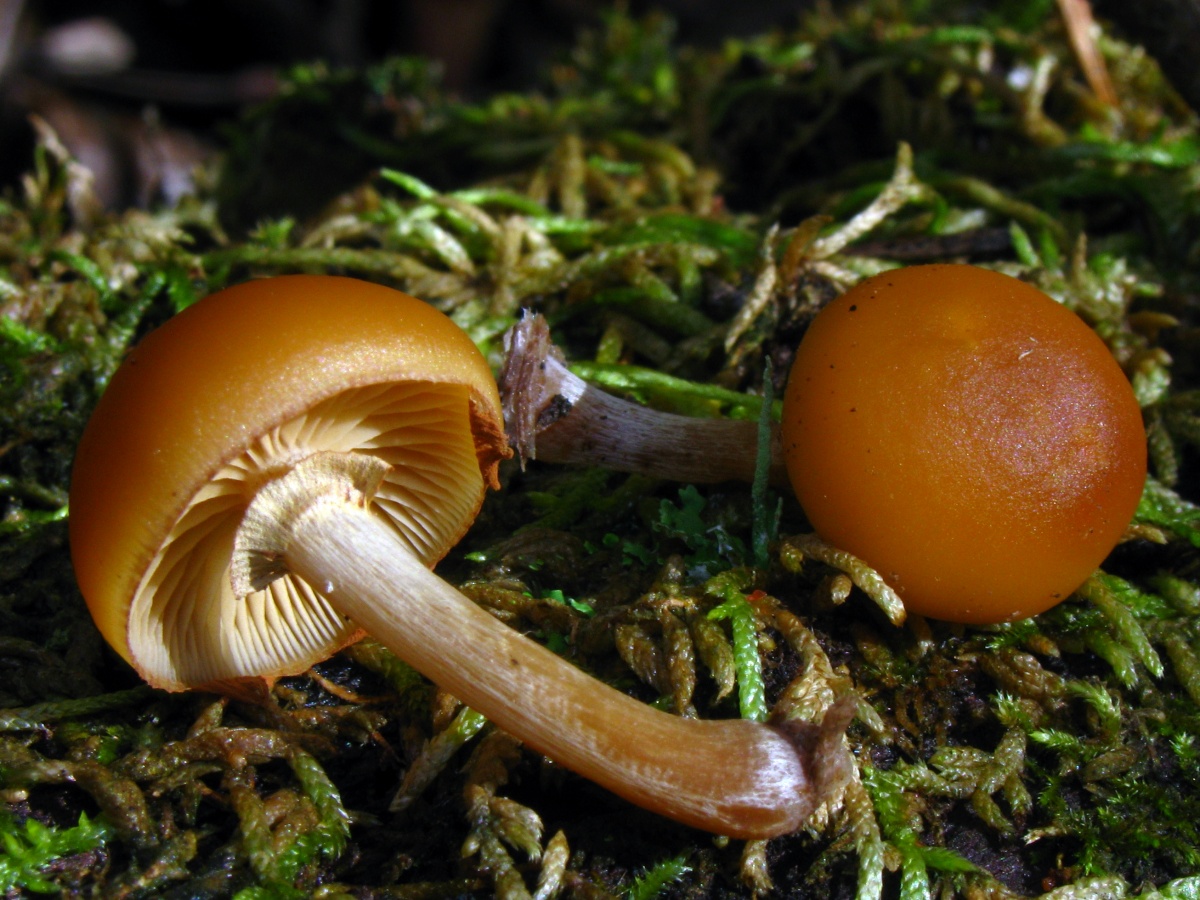
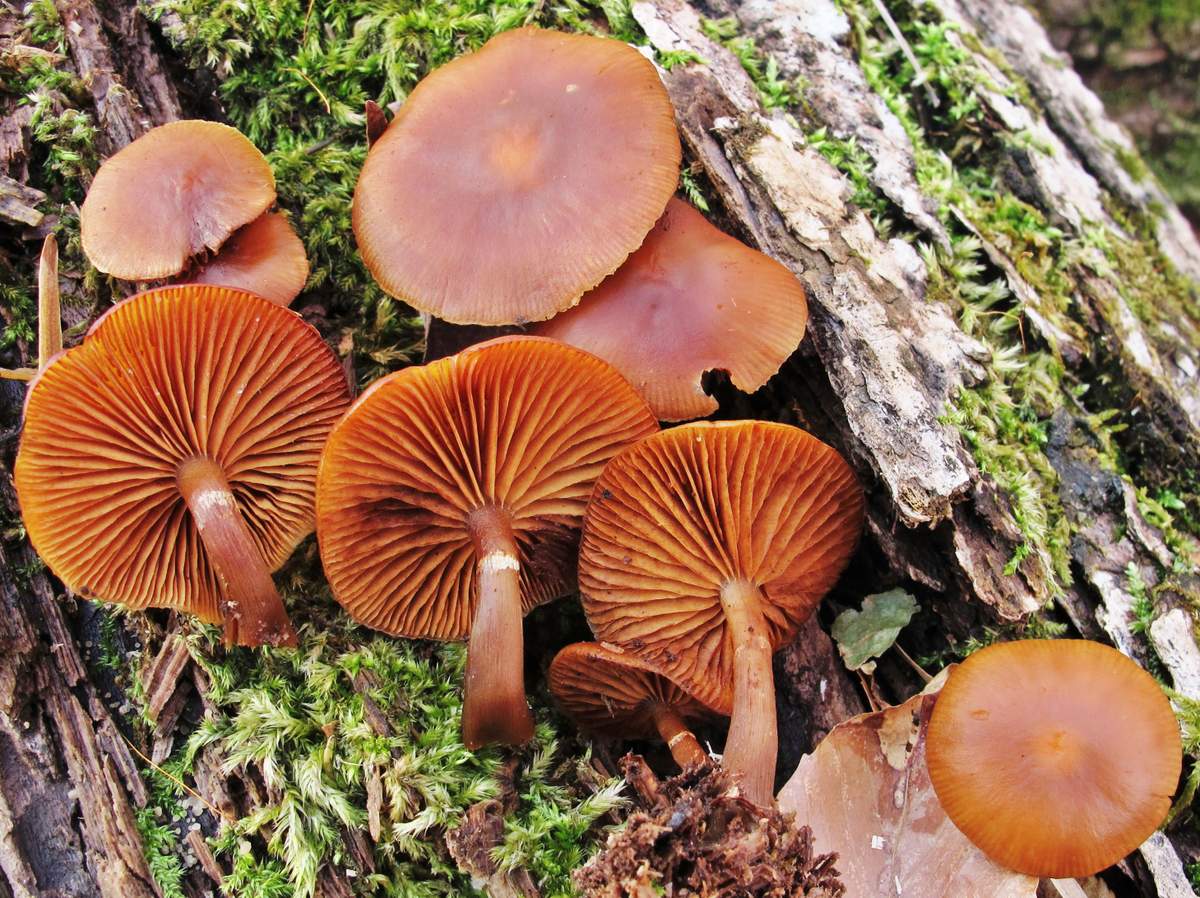
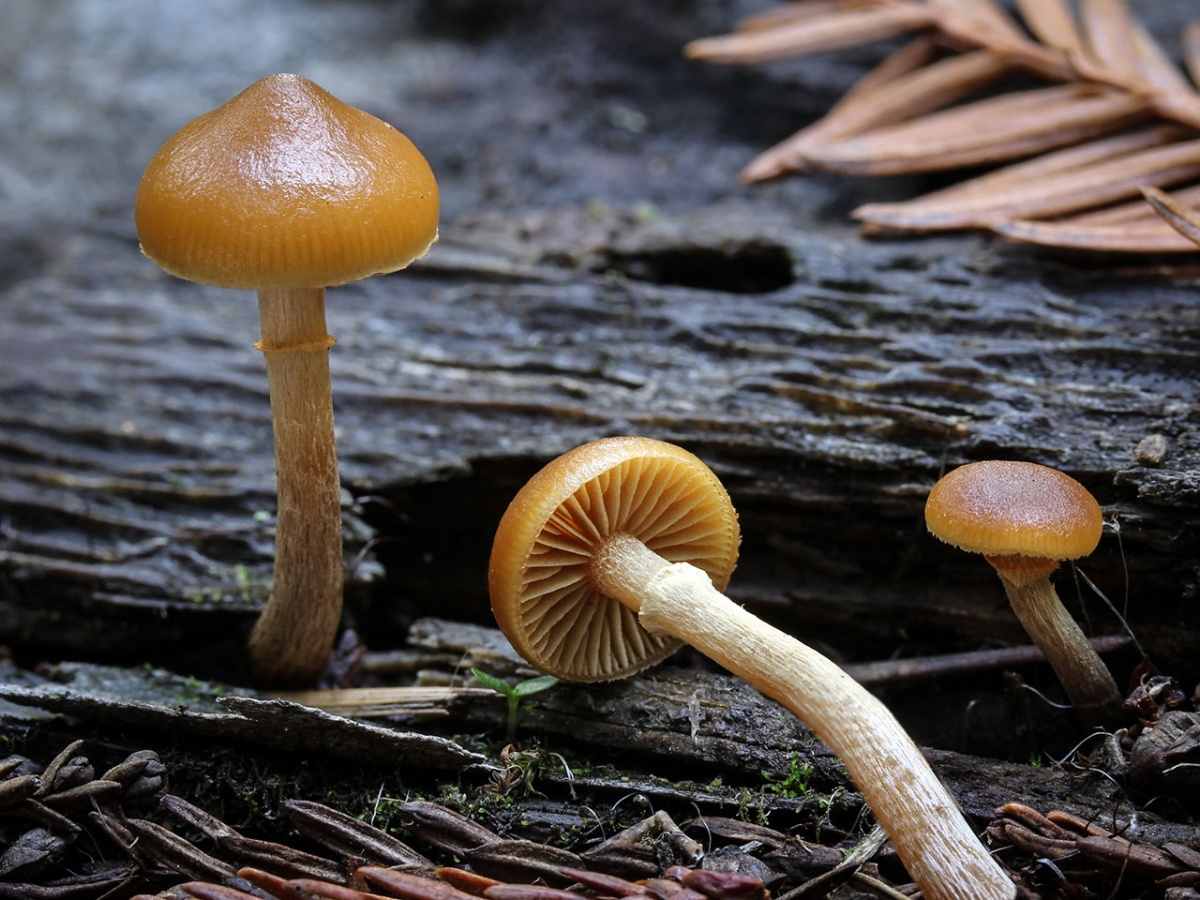
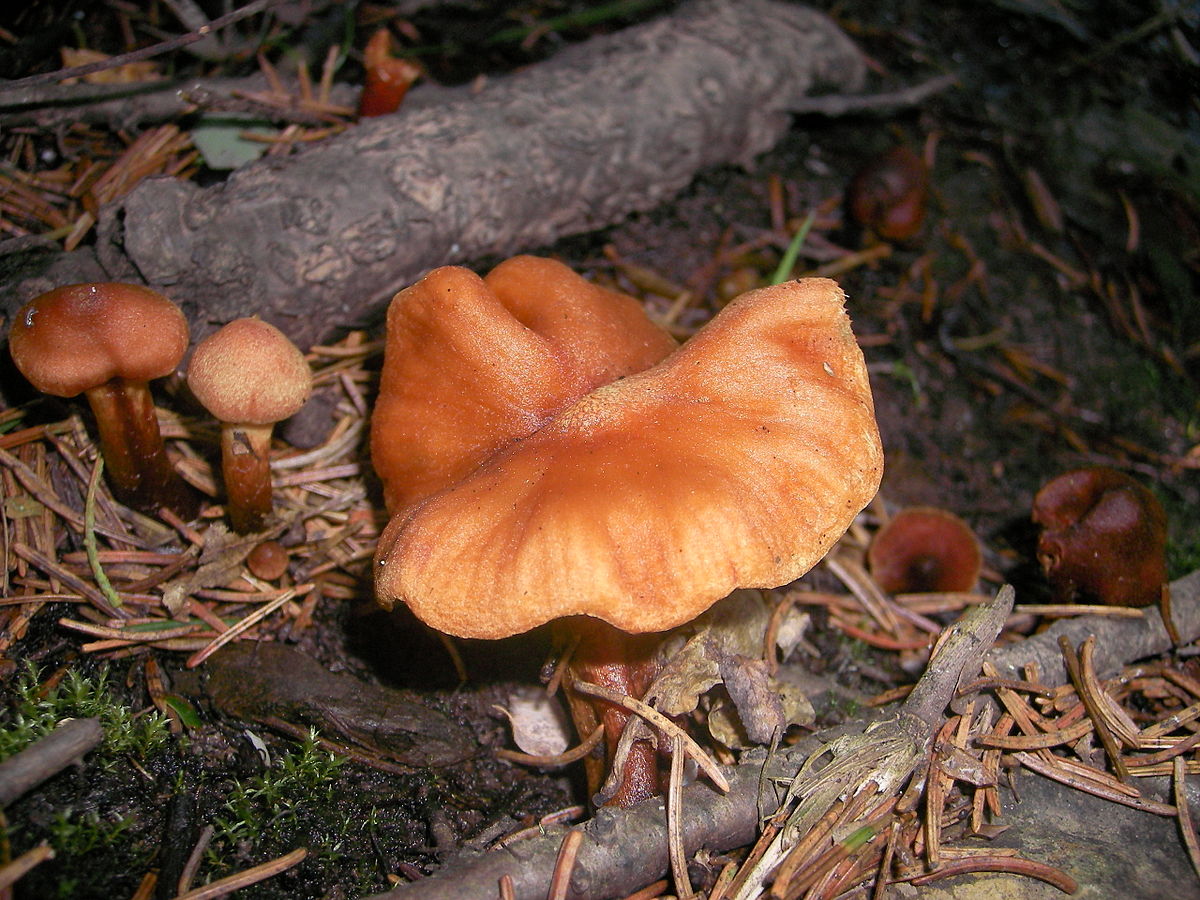
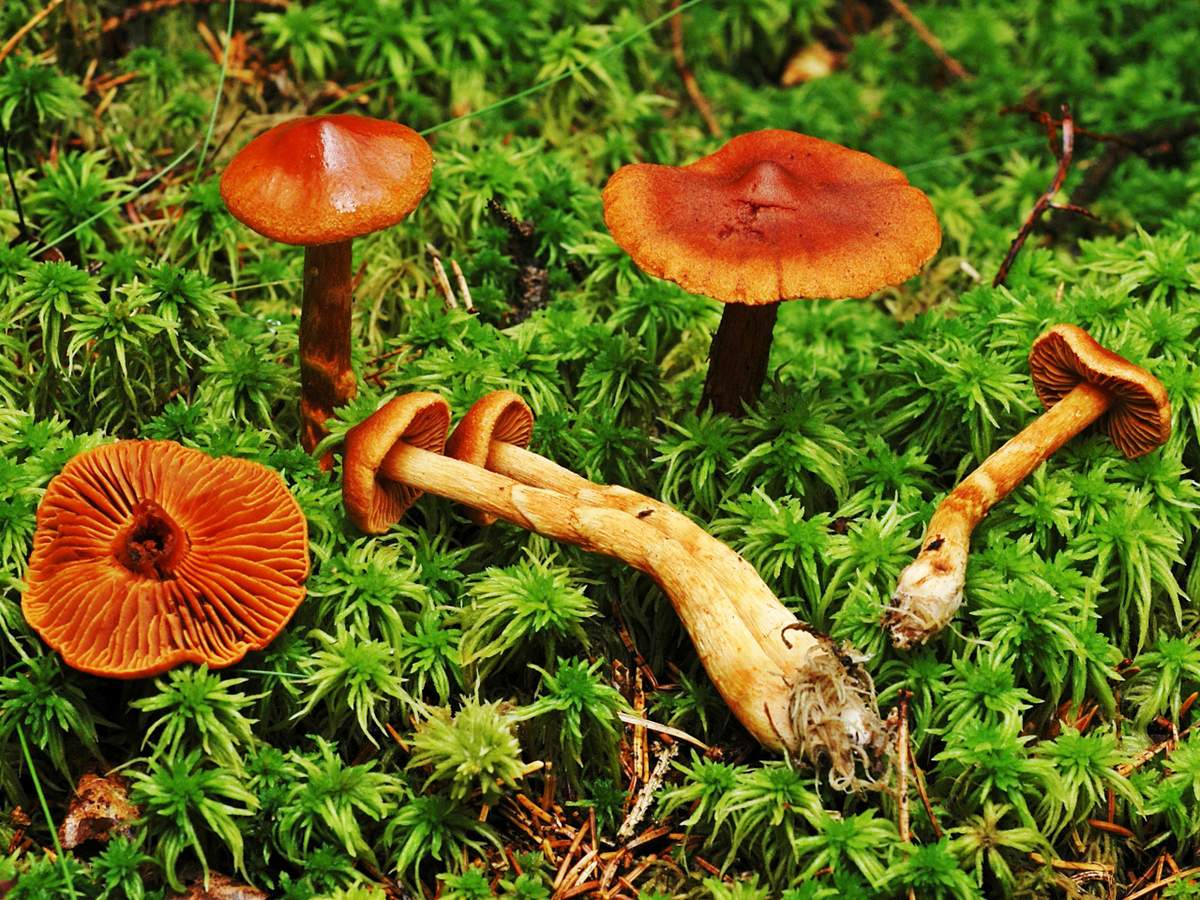
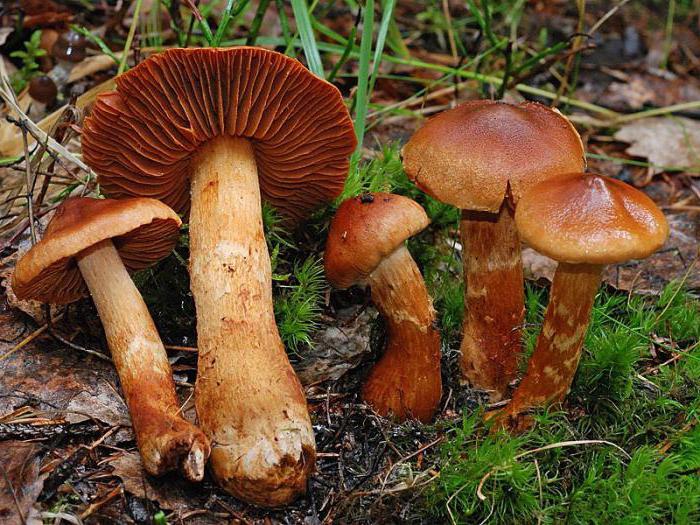
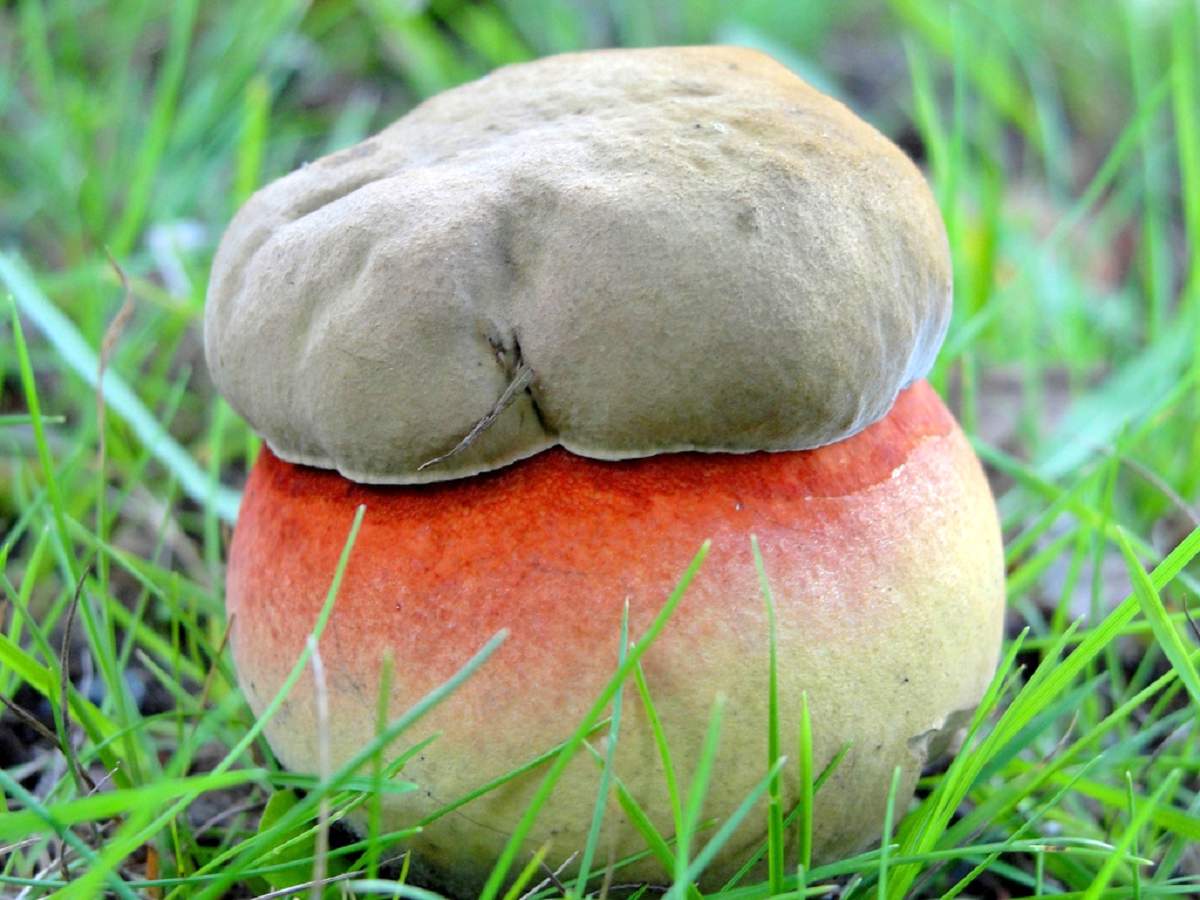
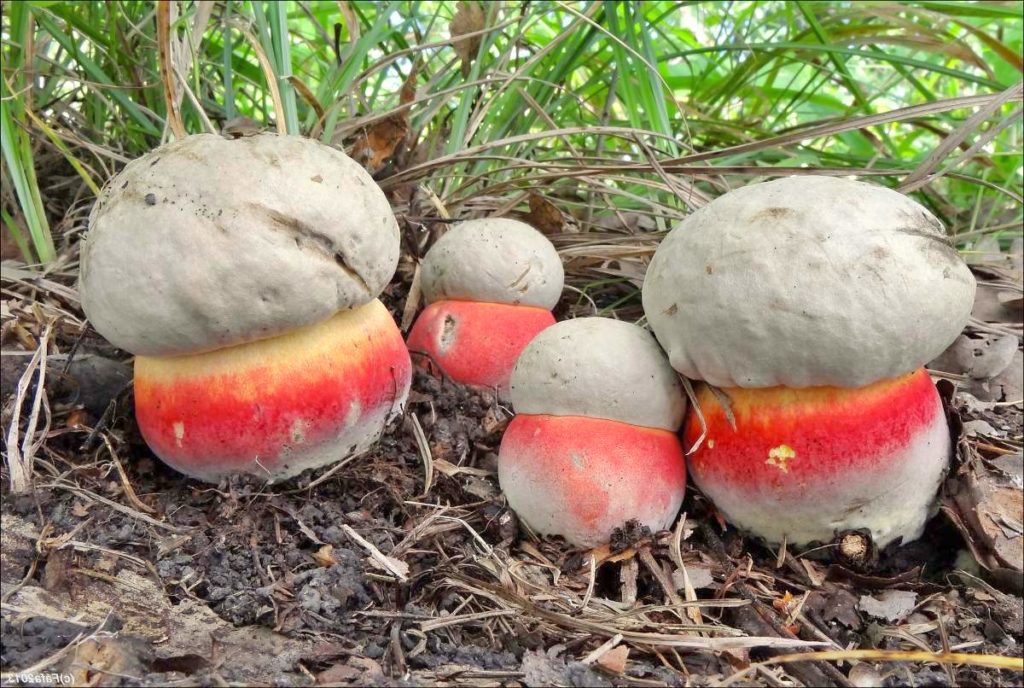
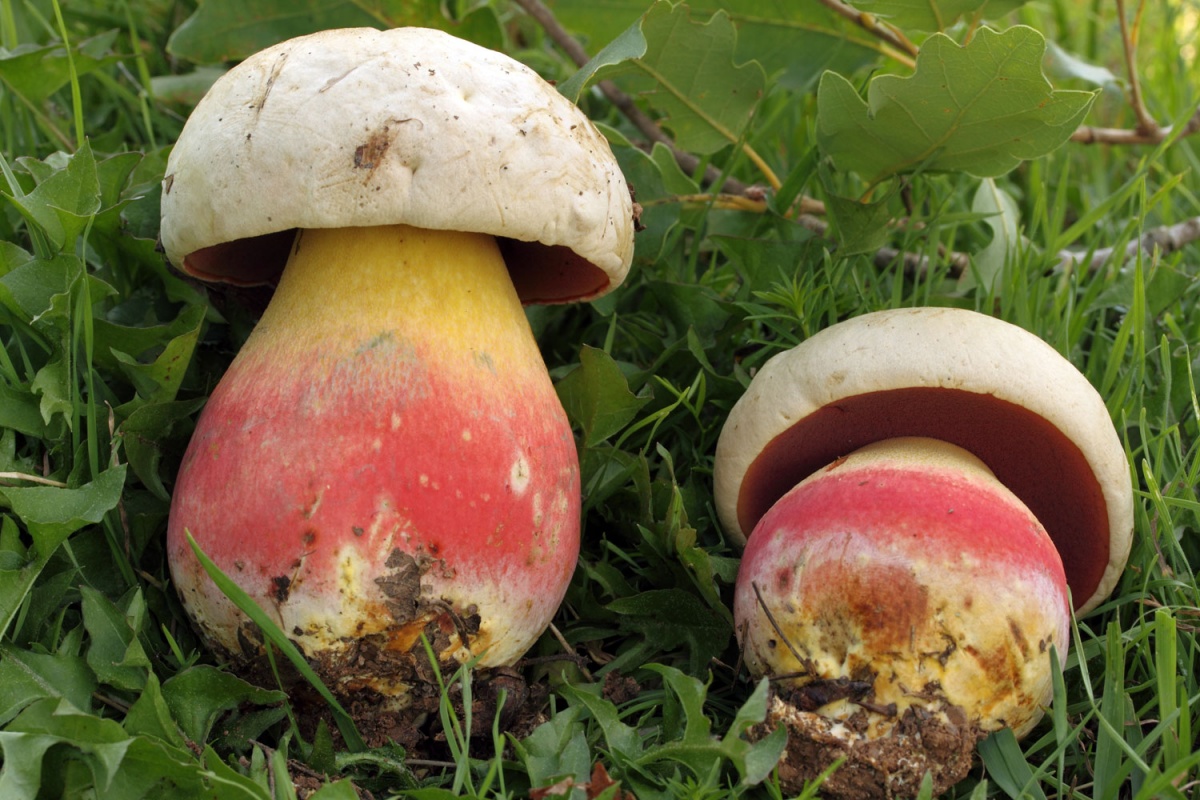
 Care and use of Kombucha at home (+22 photo)
Care and use of Kombucha at home (+22 photo) Edibility of the fungus of the motley umbrella and its description (+19 photo)
Edibility of the fungus of the motley umbrella and its description (+19 photo) Description of edible and inedible oils, their poisonous counterparts (+40 photos)
Description of edible and inedible oils, their poisonous counterparts (+40 photos) Useful properties of milk mushroom and its contraindications (+17 photos)
Useful properties of milk mushroom and its contraindications (+17 photos)